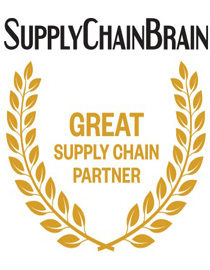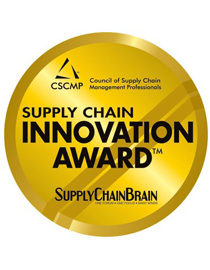-

Watch: Case Study: Myers Industries Integrates Planning Across Multiple Business Units
-

Watch: ‘The Proximity Premium’: Can Nearshoring ‘Shockproof’ U.S. Supply Chains?
-

Watch: Case Study: A New Medical Logistics Venture Searches for the Right WMS
-

Watch: Case Study: Using Warehouse Robots to Manage the Peaks and Valleys of Demand
-

Watch: How Supply Chain Bottlenecks Are Jeopardizing Europe’s Net-Zero Targets
-

Watch: DOC Develops New Supply Chain Risk-Assessment Tool
Feature Stories
-

-
 SCIA 2024 FINALIST
SCIA 2024 FINALISTA Trucker Uses AI to Boost Efficiency for LTL Operations
-

-
 SCB FEATURE
SCB FEATUREThe Irresistible Rise of Cargo E-Bikes
Think Tank
More in Think TankTechnology
Logistics
-

-
 SPECIAL REPORT
SPECIAL REPORTWarehouse Challenges? Automation Can Help
-

-

-

Podcasts
-
THE SUPPLYCHAINBRAIN PODCAST
Podcast | What’s It Mean for a Retailer to Be ‘Channel-Agnostic’?
-
THE SUPPLYCHAINBRAIN PODCAST
Podcast | Quantum Computing for Logistics: Promise or Reality?
-
THE SUPPLYCHAINBRAIN PODCAST
Podcast | A Manufacturer Moves From China to Mexico. How’s That Going?
-
THE SUPPLYCHAINBRAIN PODCAST
Podcast | Can India Rival China as a Manufacturing Superpower?
Videos
More Videos
Supply Chain Innovation 2024: A Formula for Thriving in the Age of Disruption
VIEW THE LATEST ISSUEWebinars
-

Manufacturing Outlook: The Dash for Profitability, Growth & Scale
ON-DEMAND WEBINAR -

Discover How Lippert Transformed its Supply Chain with Kinaxis
ON-DEMAND WEBINAR -

Shift to Circularity - Closing the Loop
December 5th, 2024 -

Unlocking the People Potential in Supply Chain
November 14th, 2024






















